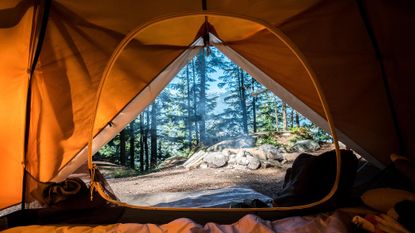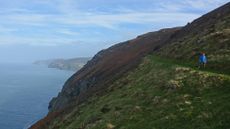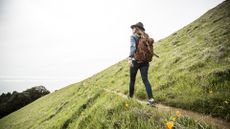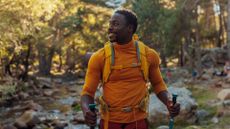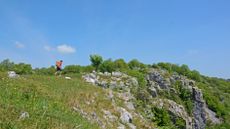On the hunt for the best tent for your camping adventure? We're here to help. A tent can easily make or break a camping trip, so before you invest, take a little time to choose carefully. There is a vast array of options on the market, ranging from surprisingly cheap to astonishingly expensive and teeny-tiny and ultra-packable to downright palatial.
Perhaps you're on the hunt for the best 3-man or 4-person tent? Or something more luxurious that'll happily house the whole family, even if it rains solidly for the entire trip? Our guide includes a wide range of options at price points to suit everyone; however, we'll focus more on family and casual group trip tents here. For specialised adventuring options, head to our best backpacking tent or the best pop-up tents guide instead.
Best tents to buy right now
Why you can trust T3 Our expert reviewers spend hours testing and comparing products and services so you can choose the best for you. Find out more about how we test.

Coleman’s Castle Pines 4L BlackOut Tent is a palatial home-from-home for a young family, with two spacious bedrooms complete with light-blocking drapes, a generous living area and a vestibule for cooking under when rain threatens. The design is based on five fibreglass poles that thread through dedicated sheaths in the flysheet and slot into pockets on either side to form, once tensioned, a long tunnel structure.
It’s simple and effective, which means almost everyone can comfortably stand up straight in the bedrooms and living areas. Inside, the sleeping quarters are created with the use of blackout material walls, which are suspended from the outer shell of the tent by hoops and toggles. There are two bedrooms, but if you want to join them up to make one large sleeping area, that’s easily done by unzipping the wall between them.
In front of the sleeping area, there’s a large communal room, at least as big again as the bedrooms combined, with a floor-to-ceiling side door and multiple transparent windows, which can be shuttered to keep out the light. The main front door opens to a reasonably large, semi-covered vestibule area with no floor, where you can safely cook in any conditions, protected to some extent from the elements.
Read our full Coleman’s Castle Pines 4L BlackOut Tent review


If camping appeals to you, but you'd quite like to have a bit of space, Outwell's Pinedale 6DA could be what you're after. It's a six-person inflatable tent that's easy to pitch (you should be able to manage it in under 20 minutes) and provides plenty of room in the form of a big 'blackout' bedroom that can be divided into two, a spacious living area and a small porch area at the front, with big clear windows providing excellent views.
It's well weatherproofed with an outer flysheet that's waterproofed to 4,000mm (which means it can cope with heavy rainfall), and to stop things getting stuffy in fine weather, there are wide vents all through the tent to improve airflow. The Outwell Pinedale 6DA is far from lightweight, and you'll need plenty of space for it in the boot of your car. But at least it's versatile, with plenty of room for a family of four and lots of nice touches such as luminous guy ropes and slightly tinted windows to give you a bit of extra privacy.
Read our full Outwell Pinedale 6PA review


The Coleman Meadowood 4L boasts a bright, airy living space and cosy blackout bedrooms that block the light startlingly well, as well as help regulate the temperature inside. Coleman has packed in lots of thoughtful extras to make life under canvas that much more comfortable – think mesh doors that can be deployed on warmer evenings, lots of pockets, step-free access and more. The reason we've gone for the 'L' version is because of the spacious porch area, which extends the living space considerably, as well as providing covered storage.
Read our full Coleman Meadowood 4 review to see what we thought of this tent's slightly smaller sibling.


The 2021 Sierra Designs Meteor Lite 2 is a very decent backpacking tent. Available in 1, 2 and 3-man variants, this is our favourite smaller tent right now. Quick and easy to pitch and pack away, it packs down very small and light but offers a surprising amount of space when pitched – thanks in part to the smart design, which includes two porches where you can store the kit, keeping the sleeping area clear. It also has a hidden surprise: you can remove the outer waterproof 'fly' (either entirely or halfway) when the weather is warm and dry and engage in a spot of stargazing. A solid investment for years of lightweight adventuring.
Read our full Sierra Designs Meteor Lite review
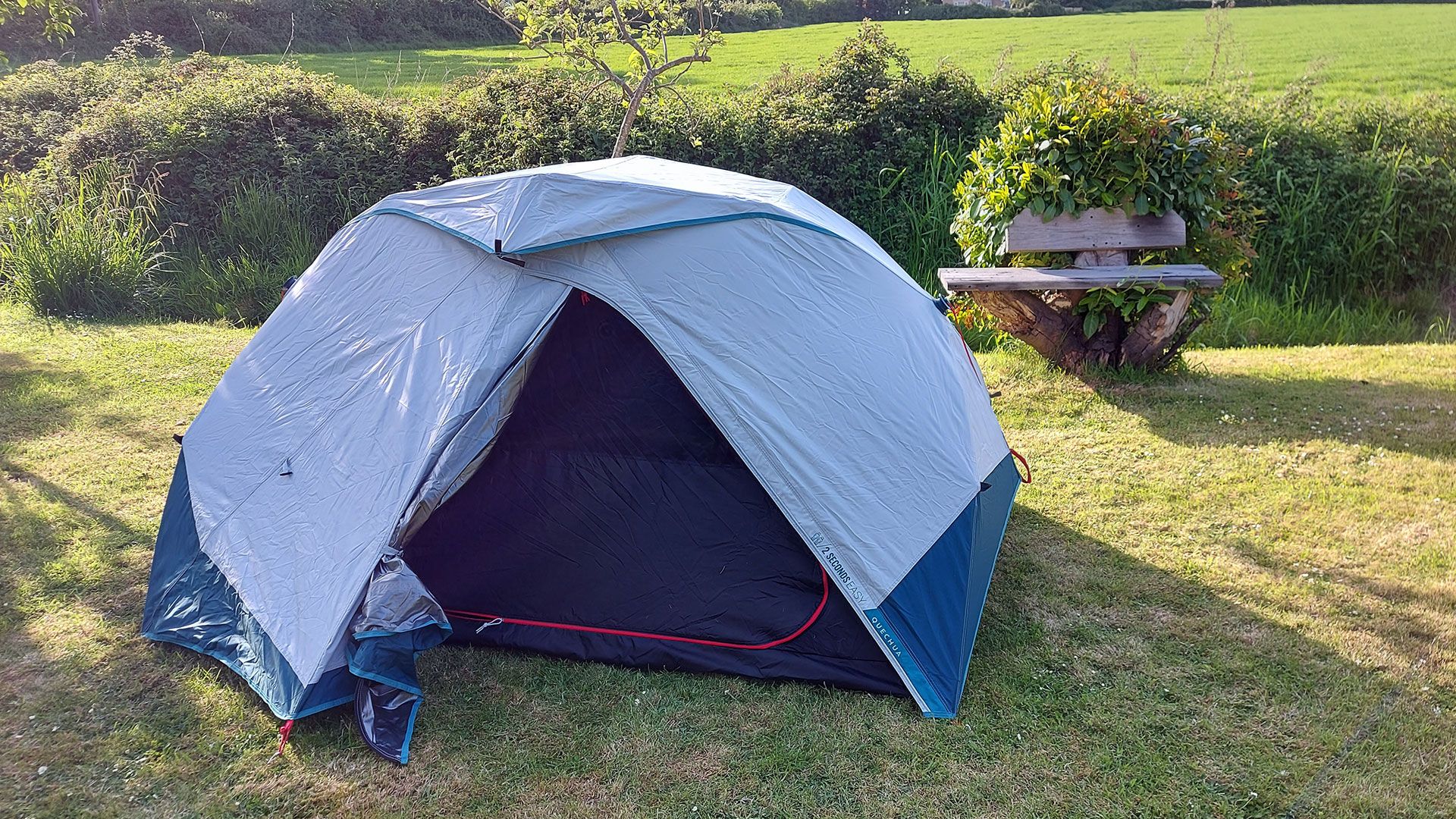

If you're looking for a quick-pitch option, the Quechua 2 Seconds Easy Fresh & Black (2-person) is perhaps the most faff-free tent we've tested. It sits right at the top of our pop-up tent guide (linked in the intro), and with good reason. Pitching is a simple matter of pegging out the four corners, then pulling on two red drawcords until they click into place, and thanks to some kind of interior witchcraft, you're pretty much done.
If you want, you can add two more pegs to create little porches on either side of the sleeping compartment (great for keeping muddy boots away from your sleeping bag), and if it's windy, you can also pop on some guy ropes for security. There are two layers, which means no morning condensation issues, but it's all connected together, so you can easily put it up in the rain without the interior getting wet. Blackout fabric means you don't have to wake up with the dawn, and it's great value too.
Read our full Quechua 2 Seconds Easy Fresh & Black (2-person) review


From the same family as Vango tents, the Lichfield Eagle Air 6 is a tunnel tent with two bedrooms, a large living room and a wide porch without a groundsheet. It's designed 6 people, but with only two bedrooms (or one, with a removable divider), we'd say it'd be better for a family of 4-5. Like most family air pole tents, it's a cinch to put up bfor ut slightly more of a faff to put down. On test, the study air beams took on blustery conditions with ease. The sandy colourway lends it a safari-tent vibe that makes this tent look pricier than it actually is, and the living area feels light and airy, with big clear windows. The doors have mesh layers to keep bugs out, and there's good headroom throughout.
Read our full Lichfield Eagle Air tent review


Looking for something a little more spacious than the average backpacking tent but don't want to go all-in on an extravagant glamping option? The unusual-looking Robens Yukon Shelter might just hit that sweet spot for you. Inspired by simple wood refuges found around the Scandinavian countryside, its boxy design stands out from the usual glamping tents you might come across, and it gives you plenty of room with standing height in part of the bedroom and a decent-sized porch.
It's well-made with plenty of attention to detail, including reflective guy lines, insect-repelling mesh screens and solid toggles for tying up the main door. Putting it up for the first time could be a challenge, thanks to frankly inadequate instructions (we ended up watching an online video to figure it out). Once it's up, it's a roomy and breathable shelter that's ideal for summer camping holidays or for putting up in your back garden as a sun shade or playhouse.
Read our full Robens Yukon Shelter review


As a low-fuss tent suitable for a family of four's summer camping holiday, Vango Rome II Air 550XL is a tough one to beat. Just the right size for two adults and a pair of kids, this air tent has plenty of living space, it's easy to pitch thanks to its inflatable poles, and as it's made of recycled fabrics, it's an eco-friendly option, too.
Unlike most large inflatable family tents, this Vango genuinely is quite easy to pitch; once you've found your spot, it's a matter of pegging out the corners, inflating the poles with the included pump, and then pegging the main and side tent into place. Vango reckons it takes 12 minutes; expect it to take a bit longer, especially on your first try.
There's lots of room inside, including two blackout bedrooms with standing room, plus a well-sized living area and porch with room for a dining table and loungers. However, we found that the storage space was just a little on the small side; don't count on being able to use it as a spare bedroom.
Read our full Vango Rome II Air 550XL review
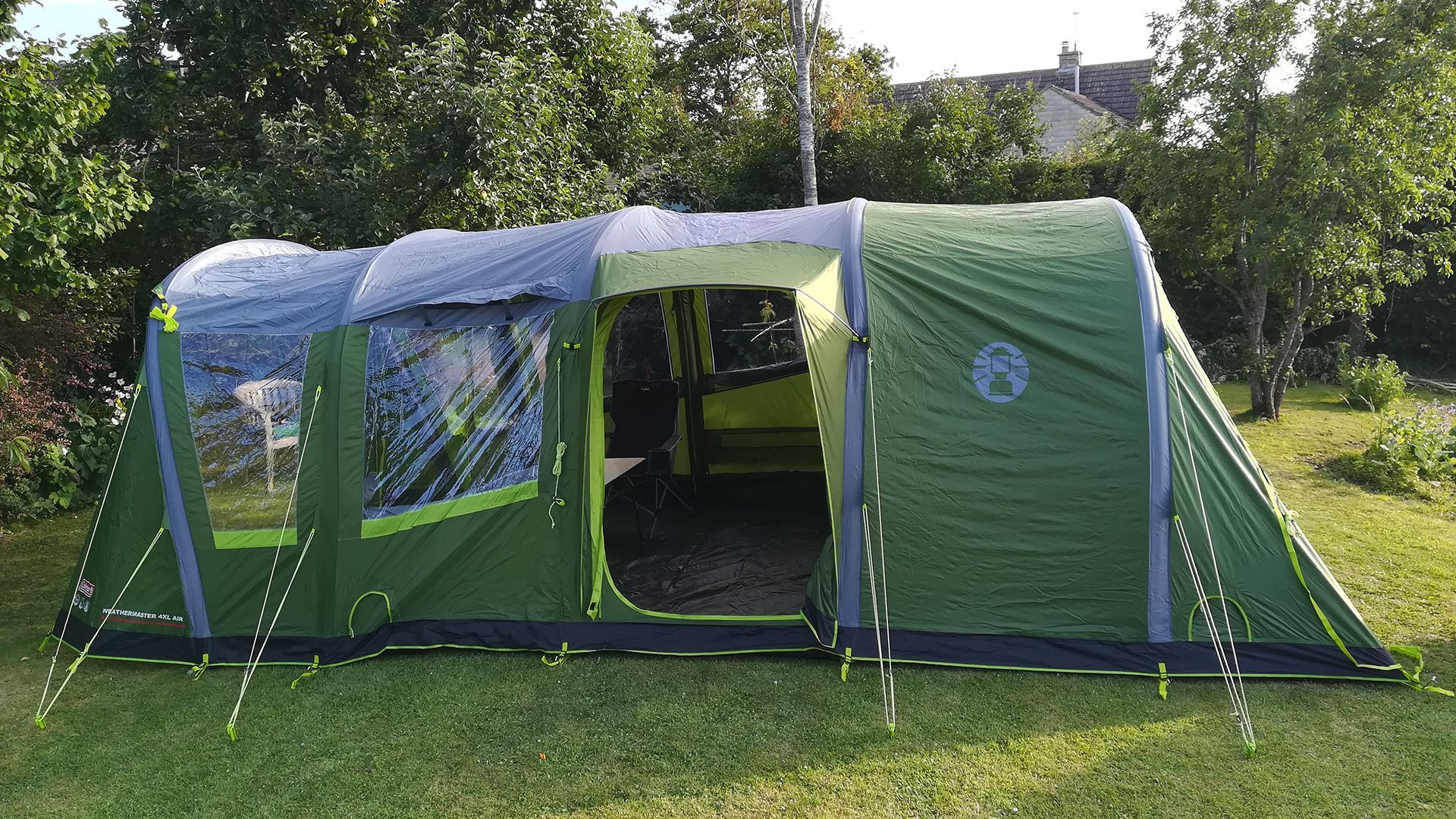

The Coleman Weathermaster Air 4XL is an outstanding family tent. The living space is roomy, light and airy, with a spacious porch area and mesh door layers you can close up at night if you want airflow without the bugs. The all-important blackout bedrooms are very effective: not only do they block out the evening and early morning light, but they also help regulate the temperature inside the sleeping compartment.
An all-in-one design and air poles mean this tent is extremely quick and easy to put up, so you can get on with your holiday as quickly as possible (let's face it, wrangling with a tricky tent after hours in the car can be fraught at the best of times, let alone with grumpy kids in tow). At a push, one person could even do it on their own – let's say if the younger family members aren't cooperating at the time. In short, the best family tent for comfortable and relaxed family camping, whatever the weather's doing.
Read our full Coleman Weathermaster Air review


If you've ever had trouble finding your tent at a festival, that's not a problem you're likely to run into with the Decathlon Forclaz Trekking Dome Tent. It comes in one colour option – a dazzling white – which should make it easy to find at any time, although the downside is that after a few outings, it's likely to have settled into a grubby grey with hints of grass stains.
There's a good reason for this eye-catching look: it avoids the use of dyes, which reduces CO2 emissions and avoids water pollution in manufacturing, making it a much more eco-friendly tent. It's easy to put up and has plenty of room for two people, as well as two porches for keeping your gear dry and four pockets for storing gear; it also packs away nicely. We found it to be good and waterproof even in heavy rain, and its low profile means it'll stand up to high winds too.
Read our full Decathlon Forclaz Trekking Dome Tent – Minimal Editions review
To save on the cost, make sure you check our Decathlon discount codes.
FAQ
What are the different types of tents?
Modern tents for camping, backpacking, hiking and general outdoor living come in a range of shapes and sizes. The most popular ones are basic ridge tents, dome tents, geodesic and semi-geodesic, inflatable tents, bell tents, teepees and tunnel tents.
Some of the major brands you’ll come across in your journey to find the best tent for you include Big Agnes, Vango, Coleman, MSR, Terra Nova, Outwell, Decathlon, Hilleberg and The North Face. There are lots of newcomers entering the (muddy) field, too, with innovative designs coming from brands such as Tentsile, with its sublime floating tree tents, and Cinch, with its nifty pop-up modular tent.
What's the best HH rating for a tent?
HH stands for Hydrostatic Head, and it's a measure of how waterproof a fabric is. It's given in millimetres; the higher the number, the more waterproof. You should look for a bare minimum HH of 1500mm for a tent. 2000 and above will be fine for even the worst UK weather, and 5000 and above is getting into specialist territory. Here's more on what a HH rating is.
How we test the best tents
At T3 we place a high value on the authenticity of the product advice we offer, and each of the tents featured here has been extensively tested by our outdoor-expert reviewers. The tents have been taken out and tested on various car camping and backpacking adventures, in a range of conditions, to assess how easy they are to pack, carry and put up, as well as their performance as a shelter. Each has also been tested against a set of criteria, including design, functionality, features, waterproof protection, material quality and robustness.
How to choose the best tent for you
The first and easiest question to answer is how many people need to sleep in your ideal tent, and the second (as ever in the outdoors industry) is the type of conditions you'll be camping in. If you're car camping (i.e., driving to a campsite and pitching near or next to your car), you can choose anything that fits your car; weight isn't an issue. This, in turn, means you can choose larger accommodations and heavier materials with impunity, which can keep costs down and lead to needing furniture and the like.
Conversely, lightness and compactness move pretty high up the spec list if you're cycle touring or hiking. If you're car camping, then reliability, pitch time and extra luxuries like blackout bedrooms to keep the sun out, head-height living areas, and mesh doors for warm evenings should inch up your wishlist. It's worth keeping a firm eye on tentmakers' season ratings and being suspicious of anything with a two-season rating that isn't a festival tent if you plan to use it in the UK.
A final consideration is the pole type. For most, traditional poled tents will be the best bet, but now you can also opt for 'air poles' that you simply pump up – you'll have to pay extra for the convenience. (If it's minimal effort you're after, and you're willing to skim a little on quality, head to our guide to the best popup tents instead). Whatever category of tent you go for, you'll get what you pay for, and a good tent is one of the outdoor items you'll never regret spending a little more on.
